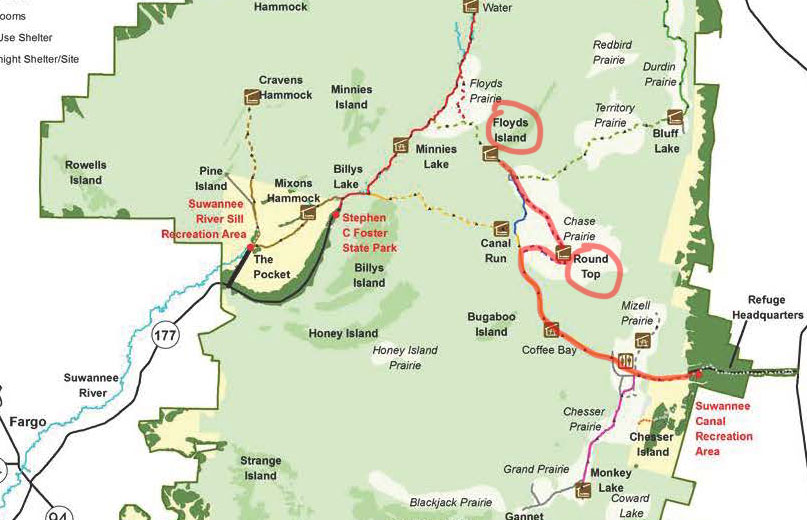Nature Jounal: Hawks and Herons
An excerpt from my nature journal on January 9, 2018:
Tuesday, 10:32 PM . What a difference a day makes. No frozen fingers today. Just after 10 AM and it is already 48°. The thin layer of ice that nearly covered the entire shelter pond has begun its retreat. All of the Sparrows that were limited to rustling in the leaves because of the chilly wind yesterday are now feeding in groups across the open, grassy spaces.

© Photographer: William Wise | iNat Observation: 66387328 - Red-shouldered Hawk; Walton County, Georgia. January 9, 2018.
The beaver have been quite busy on the small ephemeral stream behind the shelter which is typically fairly dry, serving only has a run off ditch when the pond is full. At least five dams have been erected; the lower dams are an impressive 35 feet long, while the upper dams are shorter but much taller, approximately 4 to 5 feet high, making tiered ponds of differing levels.
While admiring the beavers work, my eye is drawn to a Red-shouldered Hawk sitting just above the new ponds. The hawks typically hunt the rodents in the parking lot drainage ditch between the animal shelter and the jail. But the beaver are creating some new, more secluded hunting grounds for the raptors. Happy hunting!
Walking up further to the Sheriff’s office gun range, two Red-tailed Hawks made a fly over directly above me and alighted side by side in a tall pine; but a bit too far off for a decent photo.

© Photographer: William Wise | iNat Observation: 66387329 - Red-tailed Hawk; Walton County, Georgia. January 9, 2018.
Later in the day, most of the clouds broke away to a blue sunny day, and unbelievably warm, 64°… even warmer than this morning’s forecast! Just before going home I snuck up on a Great Blue Heron fishing in the warm weather at the northern end of the shelter pond.

© Photographer: William Wise | iNat Observation: 66387327 - Great Blue Heron; Walton County, Georgia. January 9, 2018.
Walton County, Georgia
- Mostly cloudy with a high near 57°
- Sunrise 7:39 AM, sunset 5:42 PM
- Moon: 44% waning crescent



















 Usá ArgentiNat con app iNaturalist
Usá ArgentiNat con app iNaturalist





